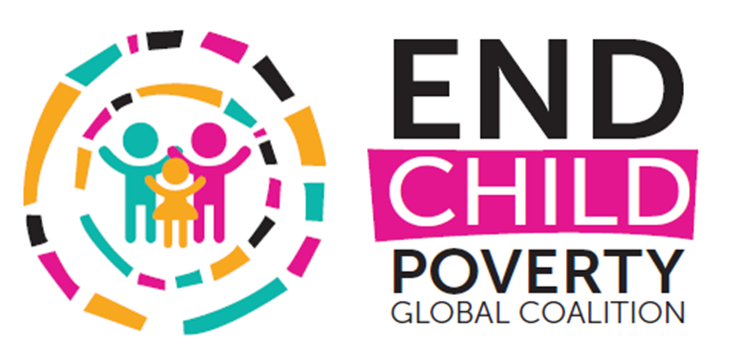A blog in observance of the International Day for the Eradication of Poverty, 17 October 2019
In the quest for eradicating child poverty, a one-track focus on empowering vulnerable children that does not consider family circumstances and community contexts is likely to be ineffective at best and harmful at worst.
Siloed interventions: Ineffective at best, harmful at worst
Consider Judith, a life history interviewee in Rwanda, who dropped out of school after six years due to the death of her father and at the request of her mother to join her in cultivation, Ado (Ethiopia) who completed just two years of school before getting married at age 13, or Halima (Bangladesh) who worked as a day labourer at a young age to support her family’s welfare.
These stories are common amongst vulnerable households in sub-Saharan Africa and Asia, according to our mixed-methods analysis of sustained escapes from poverty. Children play important roles in household escapes from poverty, which can reduce investments in their human development. As such, empowering girls and boys by building knowledge about their rights, life-skills, and supporting them to participate in decision-making processes may have intrinsic benefits, but could be largely ineffective for poverty reduction without also empowering poor and vulnerable families.
Moreover, even where households might develop pathways out of poverty, social norms may constrain opportunities for girls’ empowerment. “In our village, people say that once the daughters grow up you should not let them study too much… Others will see them with bad intentions. Due to this, lots of fights and quarrels tend to happen. So, we didn’t let them study further” (Hira, Nepal). Empowering poor girls in these contexts without complementary community-based measures could result in backlash, with harmful consequences for girls and their families.
Pathways of change: Economic and social inclusion to improve child WELL-BEING
To be sure, empowering vulnerable girls and boys is critical for sustained poverty reduction, but it also requires understanding how families can be empowered to escape poverty and remain out of poverty over time. CPAN analysis finds that most households sustain escapes from poverty through ‘growth from below’, a combination often of agriculture and non-farm growth and migration to towns for work or enterprise development. Calist’s pathway below illustrates some of these processes.
Figure 1: Growth from below contributing to a sustained poverty escape in Tanzania
However, the mere presence of growth from below says little about its benefits for children. To ensure positive outcomes for child well-being requires a sounder understanding of intra-household variations in well-being and implications for poverty pathways.
Exploring sustained escapes from poverty, I find that economic inclusion of women, through engaging in ‘growth from below’ processes such as micro-enterprises or through savings groups, is a critical trigger to activate their social inclusion. In turn, their combined economic and social inclusion fosters child inclusion in human development services in Malawi and Niger.
In other instances, assistance from relatives and friends support these processes. Mwikaki (Kenya) recalls being “rewarded with a calf by a relative after keeping his cow for him for more than four years”. Her calf produced two more cows, and she would sell their milk to improved her well-being. Julie’s (Philippines) brother in Qatar also offered financial support for her children’s education and to cover medical expenses for her son’s ill health, which helped prevent health-driven impoverishment.
Policy directions: Towards gender-inclusive growth from below
So how can empowerment of families and communities be fostered by policymakers and practitioners working on poverty eradication and child well-being? Providing economic support to households is critical, as it can free up resources for human capital investments conducive to child empowerment and intergenerational poverty escapes. Economic support to growth from below, as described in the Chronic Poverty Report on Growth, involves enabling smallholder agriculture, the informal sector, the rural non-farm economy, and migration. It requires also building poor people’s assets and human capital, and supporting the economic empowerment of poor women.
Given a status quo where women remain the primary caregivers, typically responsible for human capital investments in children, the economic empowerment of poor women is moreover a critical link in helping ensure escapes from poverty benefit child well-being. This is especially (but not only) the case for women headed households who are often stuck in poverty, or more liable to become poor than men headed households. This needs to be accompanied by a culturally sensitive, negotiated approach to adverse social and gender norm change at the household and community levels to mitigate potential backlash.
Promoting gender-inclusive growth from below can speed poverty reduction today, while nurturing improved child welling conducive to sustained poverty eradication for generations to come.

